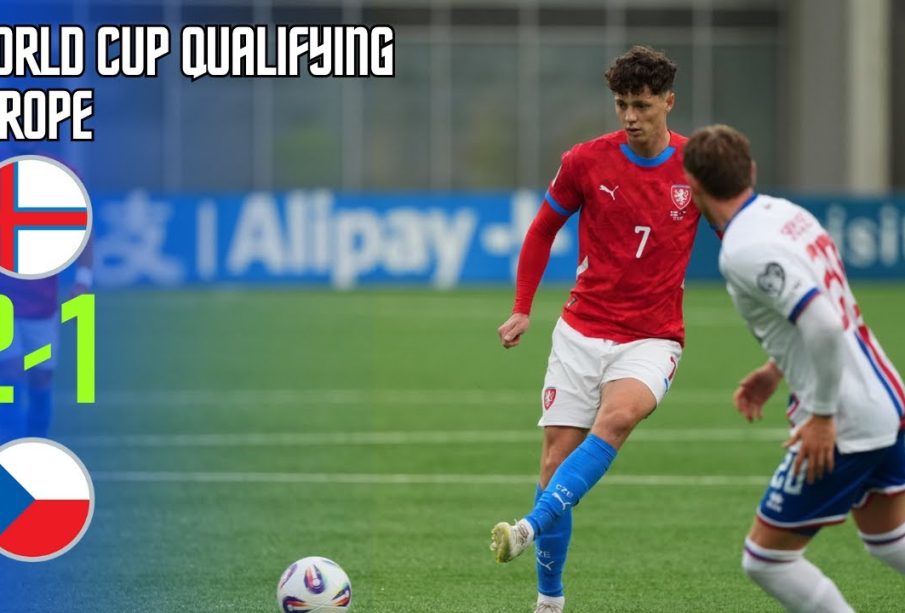Comparing Faroe Islands and Czechia: Key Differences and Similarities

Introduction
The Faroe Islands and Czechia represent two distinct regions in Europe, each with its own unique culture, geography, and economic landscape. Understanding these differences is crucial as both territories face various challenges and opportunities in today’s globalised world.
Geographical Overview
The Faroe Islands, an archipelago located in the North Atlantic Ocean, are known for their dramatic landscapes, including steep cliffs, lush valleys, and a predominantly rugged coast. Its isolation contributes to its sparse population, which is approximately 52,000 residents. In contrast, Czechia, also known as the Czech Republic, is a landlocked country in Central Europe, bordered by Germany, Austria, Slovakia, and Poland, with a population exceeding 10 million. Its geographic diversity ranges from the Bohemian Forest to the historic cityscapes of Prague.
Cultural Differences
Both regions exhibit distinct cultural identities. The Faroe Islands have a rich Norse heritage, which is evident in their folk traditions, music, and language, Faroese. The Vikings significantly influenced their lifestyle, which remains visible in their customs and connection to nature. Conversely, Czechia boasts a mix of Slavic, German, and Austrian influences, reflected in their language, Czech, and culture characterized by a vibrant history of art, architecture, and literature. The striking architecture in cities like Prague showcases a blend of Renaissance, Baroque, and Gothic styles.
Economic Factors
The economies of the Faroe Islands and Czechia are drastically different. The Faroe Islands rely heavily on fishing and aquaculture, contributing significantly to its GDP. Sustainable fishing practices are crucial for the islands’ economic stability. In contrast, Czechia has a more diversified economy, with sectors such as manufacturing, services, and technology leading its growth. It is known for its automotive and machinery production, making it a significant player in the European market.
Conclusion
In conclusion, while the Faroe Islands and Czechia share a continent, they are worlds apart in terms of geography, culture, and economic dynamics. The Faroe Islands, with their breathtaking natural landscapes and traditional ways of life, offer a contrast to the bustling urban life and industrial strength found in Czechia. As both regions continue to navigate the complexities of a changing world, their paths may intersect, yet their unique identities will remain a significant aspect of their contributions to Europe. Understanding these differences can provide valuable insights into European diversity and cooperation.









